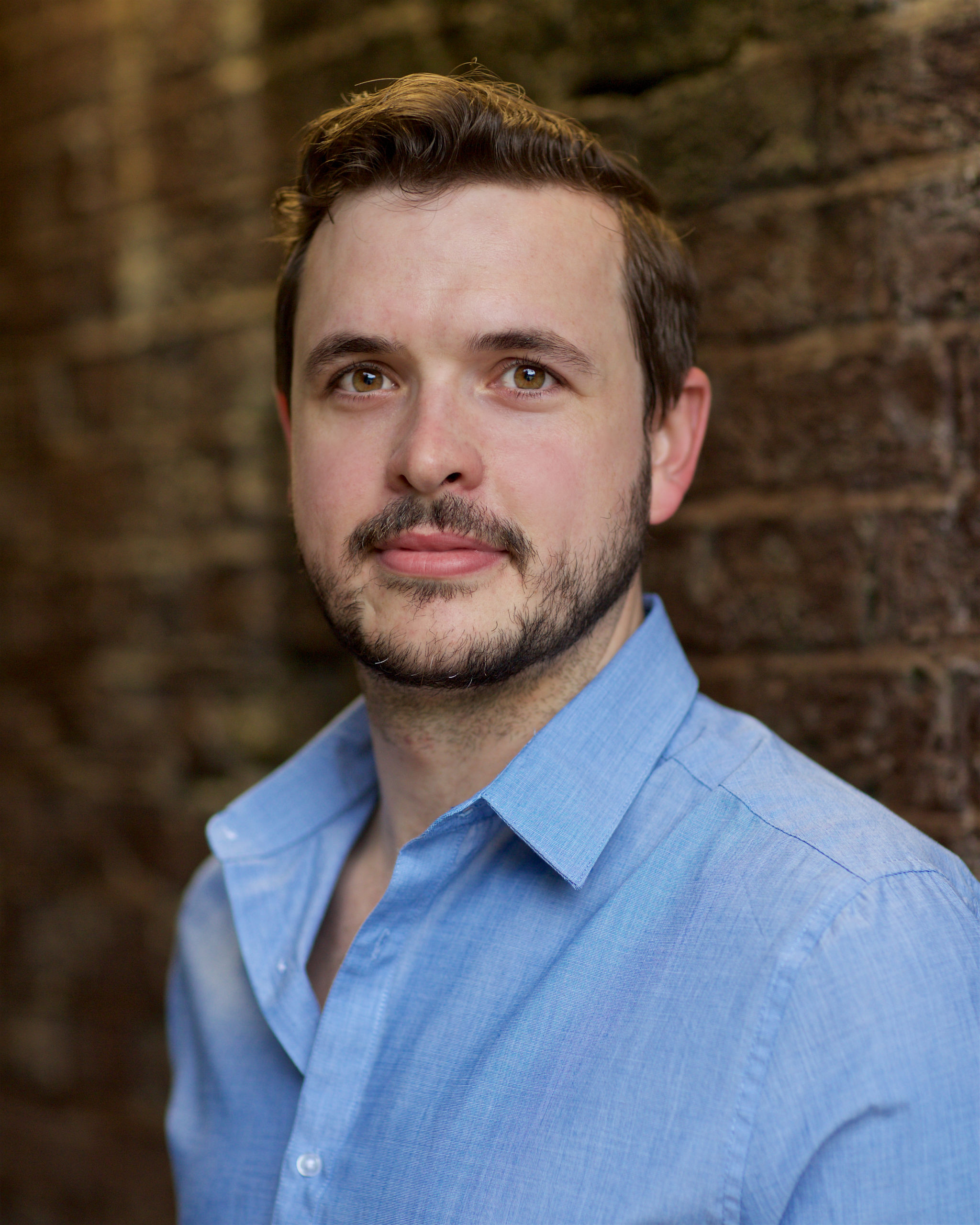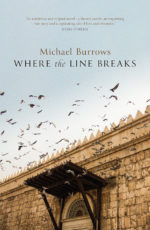Gallipoli, war, memory and heroes: Fremantle Press writer Michael Burrows shares his debut novel

Michael Burrows, author of Where the Line Breaks, sends a letter home from the muddy trenches of writing and editing a debut novel, in the style of the extraordinary letters sent home by the first Anzacs.
Gallipoli, 25 April 2013
My dearest,
I suppose you are wondering how your writer boy is faring in the constant battles of writing and editing. Well, cheer up, and tell Mother and Father to fret for nothing: your writer boy is feeling tiptop and ready for anything, having survived the noise and smells of a thousand excitable Australian and Kiwi tourists staying awake overnight for the chance of witnessing a Gallipoli sunrise.
I thought you might like to hear a little about the writing process, so I send this letter to share with you the seed of an idea I have had for a novel.
Anzac Day 2013 proves a salient starting point. The clear waters of the Gallipoli peninsula remind me somewhat of our own beaches – the long, tapering shallows and the gentle lapping of the bays down south. Low, dense shrub surrounds us and, if I close my eyes, I could be back home. It is inevitable, then, that some harsh Australian voice telling a dirty joke or passing on furphy should shatter the illusion. We camp overnight on the desolate shoreline where exactly 98 years ago the digger legend was forged. We laugh and scream and wait for sunrise.

Midnight finds us seated in a temporary grandstand among the hubbub and chatter of our fellow Gallipoli pilgrims, while on the scrubby, flat patch of grass below us, various colour-coded Euro-trippers seem to be treating the solemnity of the occasion with contempt. The yellow hoodies of the fanatics charge the left flank, while the orange shirts of the Contiki troops hold the middle line. Those of us in smaller tour groups look down our noses at these ill-disciplined colonials, pretending for a moment that we are any different.

And yet, darling, isn’t it that very same larrikinism we look up to in the Anzac legend? Historian Frank Bongiorno once wrote that ‘Australians were bold and ferocious in battle but were unwilling to bow to military discipline. An Anzac never flinched – if he died it was with a joke, or a wry smile on his face – yet nor would he salute a superior officer … ’ So what are we to make of the hot chocolate for sale in a Rising Sun mug? Were the Anzacs sipping hot chocolate when they huddled on this beach? Gallipoli is a conundrum.
Apologies. You will worry I have turned maudlin in my recollections. Gallipoli was incredible. Though underwhelming in scale, this delicate bay with its small outcrop of rock is overwhelming in every other sense. The landscape is dotted with famous names that are drenched in blood: Lone Pine, The Nek, Anzac Cove. The Turkish officials welcome us like old friends. So we buy the overpriced hot chocolate. We wear the commemorative beanies. We wait for sunrise.

Over the course of the night, a procession of speakers, short films and performances are put on by the authorities to keep us entertained. Not quite the bombs and snipers of a hundred years ago. Some people nap in their plastic seats. At one point there is singing. An hour before the dawn, as the murmur of anticipation grows, someone approaches the podium and recites a few lines of poetry – Brooke, if my memory serves. ‘Some corner of a foreign field’, etc. I am sitting in the stands, beanie around my ears, trying to stay warm, wishing for an Australian voice to capture the mood.
But who? Paterson or Lawson, I suspected, could do the job. That’s when an idea started to blossom in my head – a story about Australia and the war and Gallipoli, our own golden-haired Apollo, our own Owen or Sassoon. I think I’m going to write a novel about it. I shall let you know how I get on.
At dawn, we stand in silence and listen to the waves on the shore, our breath forming frosty clouds, our eyes on the horizon, imagining the brave and terrified men who made this bay famous. At the Lone Pine ceremony, a little later in the morning, our eyes fill with tears as a solitary Second World War veteran stands to ardent applause. These men are ghosts, memories now. Ideals. These rocks have told many tales, but there’s room for one more. Mine.

Gee! What a story, huh? Gallipoli and war and memory and heroes and whatnot. But don’t worry, my story isn’t getting too big for its britches; after the ceremonies and tears and novel-idea-sparkin’, we all settled down for a game of two-up, and I very quickly lost my spending money for the trip. Aussie, Aussie, Aussie! Oi! Oi! Oi!

Well, girlie mine, I must bid you goodnight as I have to change the guard in a few minutes. We miss the Aussie sunlight. I’ll write again soon. Hoping you are all well and happy at home.
Anyway, have a darn good time, is the wish of
Yours, metafictionally,
Boy.
PS – Do please scribble a few lines whenever you get the chance. You have no idea how it feels when the mail arrives and there is the old cry, ‘No mail for you, Burrows!’
Where the Line Breaks by Michael Burrows is described by Ryan O’Neill as an ‘ambitious and original novel – a literary puzzle, an engrossing war story and a captivating tale of love and obsession.’ It’s available in all good bookstores and online in the first week of April.




